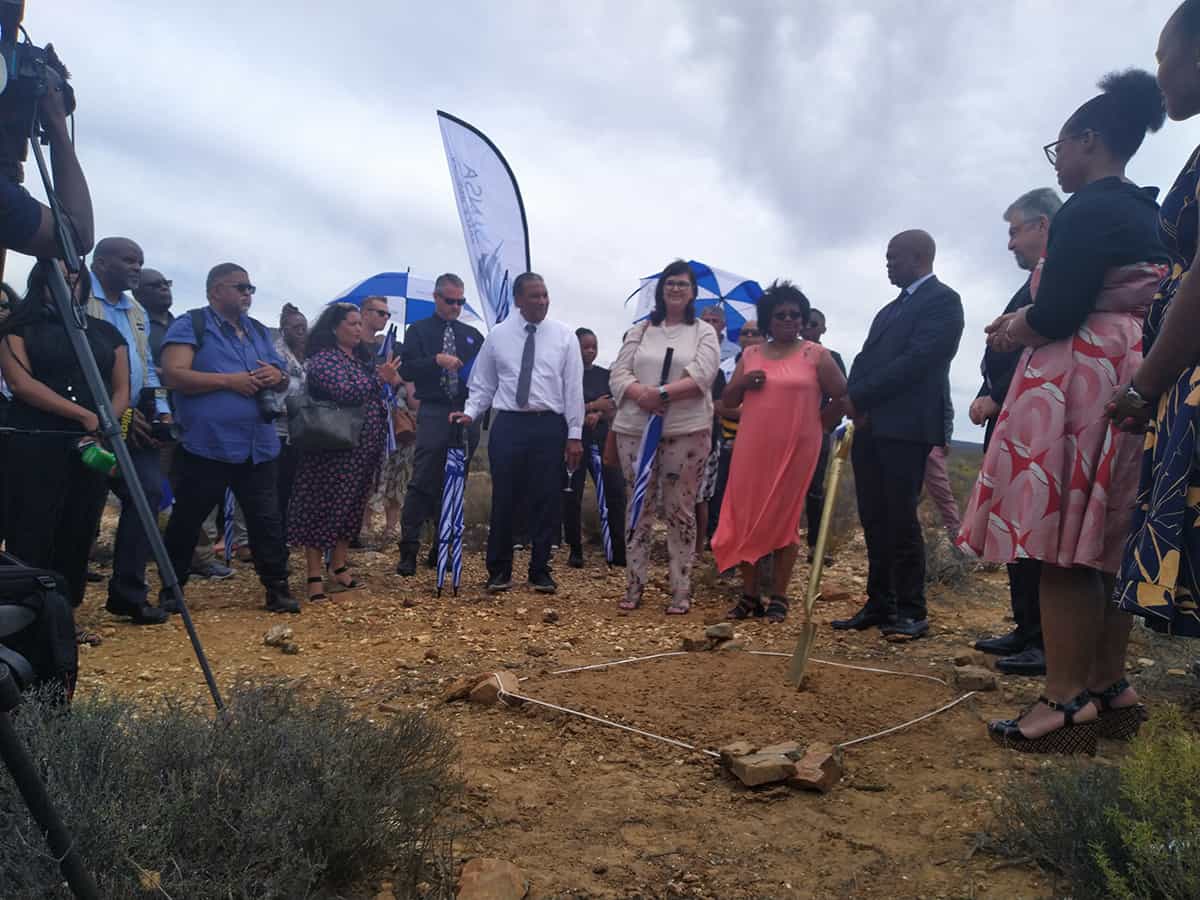Recently, officials gathered to officially start work on a new Matjiesfontein space ground station in South Africa. The ground station will support manned space missions to the Moon and possibly Mars.
The new Lunar Exploration Ground Sites (LEGS) antenna, will facilitate nearly continuous connectivity between astronauts on NASA’s Artemis spacecraft.
Read also:Phase I of Axiom’s Houston Spaceport design contract awarded to Jacobs
The town of Matjiesfontein, which is 240 kilometers northeast of Cape Town, has a dry and sunny climate.
One of the three LEGS antennas that will be installed there will be used to transmit communications to individuals working on and close to the lunar surface.
The other LEGS facilities are in Australia and at the White Sands Complex of NASA in Las Cruces, New Mexico.
The radio antenna is intended to deliver direct-to-Earth communication. It will also be used in navigation for missions operating up to two million kilometers away. This is according to Badri Younes, deputy associate administrator for NASA’s space communications and navigation (SCaN) program.
Younes claims that they estimate the South African LEGS antenna to cost between $25 and $30 million. The South African National Space Agency will contribute the funds to manage and also cover operational costs.
Why NASA chose to establish the site in Matjiesfontein
According to Bill Marinelli, a NASA SCaN development director who took part in the site selection, the choice was influenced by a number of factors, including how governance and bilateral agreements could foster cooperation and technical expertise.
In the 1950s and 1960s, South Africa helped NASA collect data for the Apollo Moon landings. This marked the beginning of its partnership with the US on space projects.
Furthermore, NASA and the South African Department of Science and Innovation (DSI) also agreed to partner on space exploration through the signing of a letter of intent.
Phil Mjwara, director-general of South Africa’s department of science and innovation, says they see the partnership as mutually beneficial.
What impacts will the Matjiesfontein space ground station have?
He said that the Matjiesfontein space ground station will reduce the growing demands on NASA’s Deep Space Network. This will enable Artemis to meet its objectives and also advance its scientific understanding of major challenges to astronaut health and safety. These challenges include space radiation, seclusion, confinement, closed environments, as well as extreme and also a protracted distance from Earth.
Early in the next year, work on constructing a new deep-space ground station will get underway, with the goal of having it completed in time for the mid-2025 launch of the first crewed Artemis mission to the lunar.
